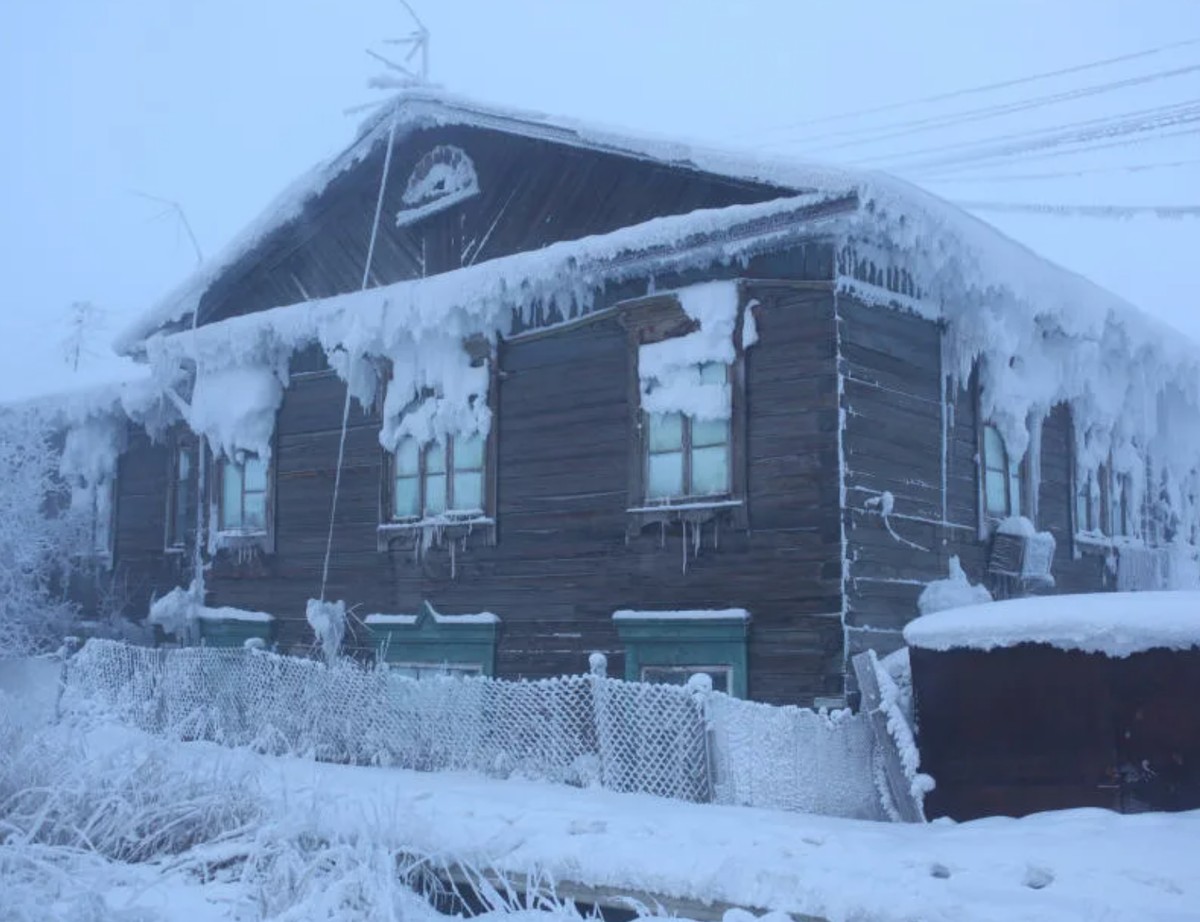Verkhoyansk: The coldest city in Russia, where minus 67.8°C is ordinary and water comes from blocks of ice
Imagine a town in Yakutia where people greet days below minus 60°C with a shrug and call it “warm” when the wind drops to minus 40°C. Verkhoyansk has recorded minus 67.8°C, a figure locals treat as a badge of endurance. The town is small: seven streets, one school, and a population a little over a thousand. It has held city status since 1822, a relic locals describe as the result of exile: the Tsar sent dissidents here, and the land kept them, so they called it a city.
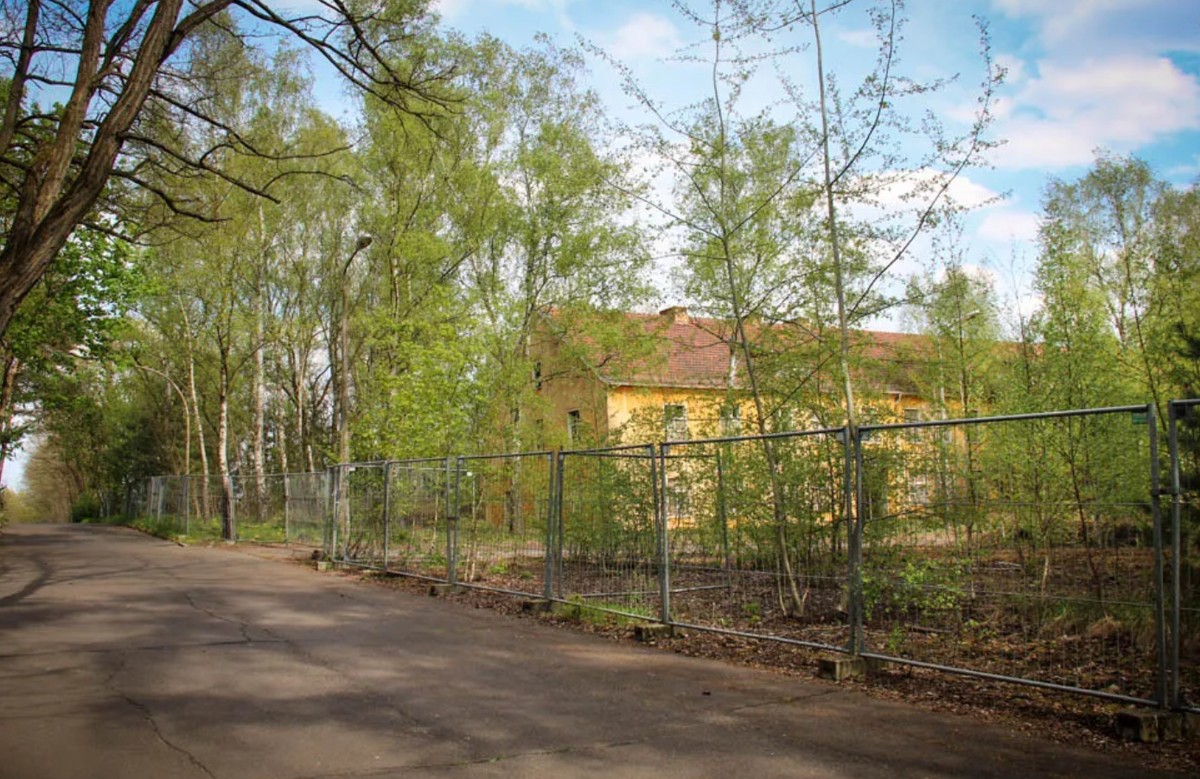
In This Article:
Seven streets, one school, a city born of exile in 1822
Galina Dabanova, the acting director of the local school, jokes: “We have fewer than 1,000 residents. The longest street is three kilometers. The rest are shorter. That’s our megapolis!” After a week of minus sixty, people step outside at minus forty and cheer that you can poke your nose out from under a scarf. Resident Nadежda recalls childhood: “You wear tights, warm stockings, two or three pairs of pants, and still your knees redden from frost.” Yet progress has reached the Pole of Cold—the Chinese overalls are common. “Children go to school in half overalls, and in class they sit in ordinary dresses.” Fur boots from reindeer hide are everywhere; some even wear heels—beauty demands sacrifice, even at minus sixty.
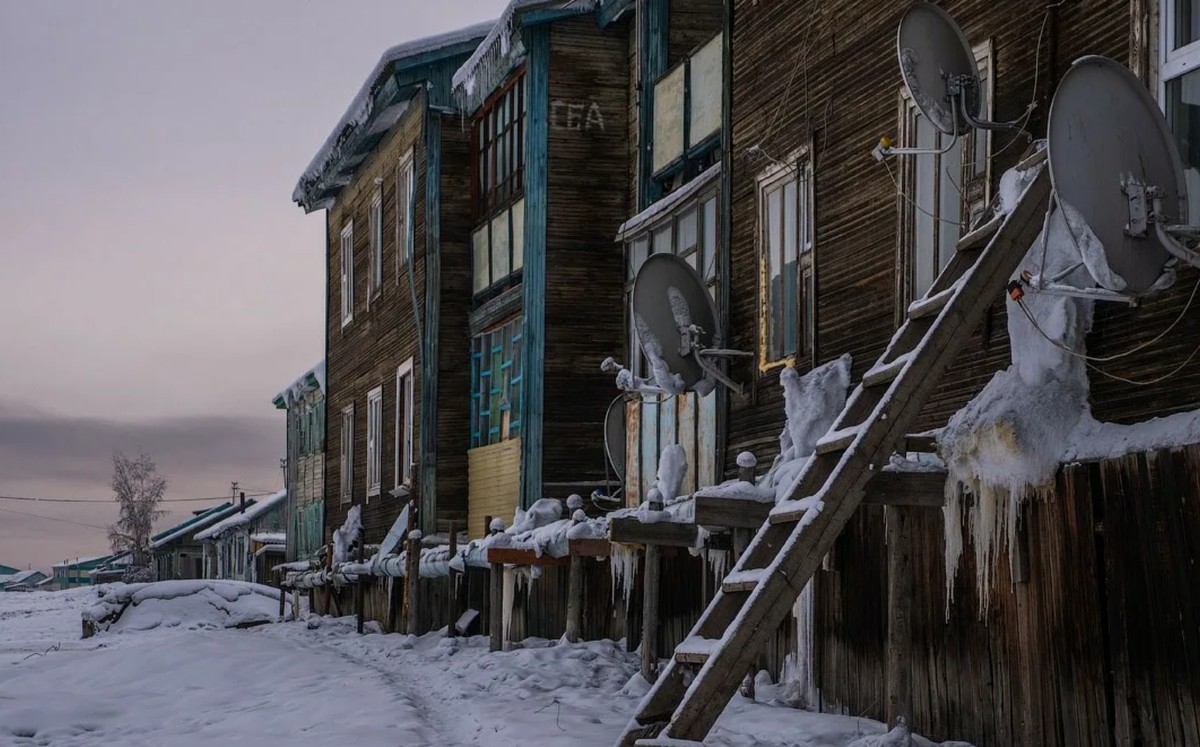
No cold drinking water here: only hot technical water and water drawn from ice blocks
The town has no cold drinking water. Only hot technical water is available for washing. Drinking water comes from piles of ice left outside each home. Refrigerators are unnecessary here—nature provides a frozen pantry. In summer, residents use “ice cellars,” deep underground, kept in perpetual frost. Two meters down, you’ll still find snow. People wear fur boots made from reindeer hide, and some even wear heels—beauty survives even at minus sixty. There’s a sense that life is built around layered clothing and practical warmth.
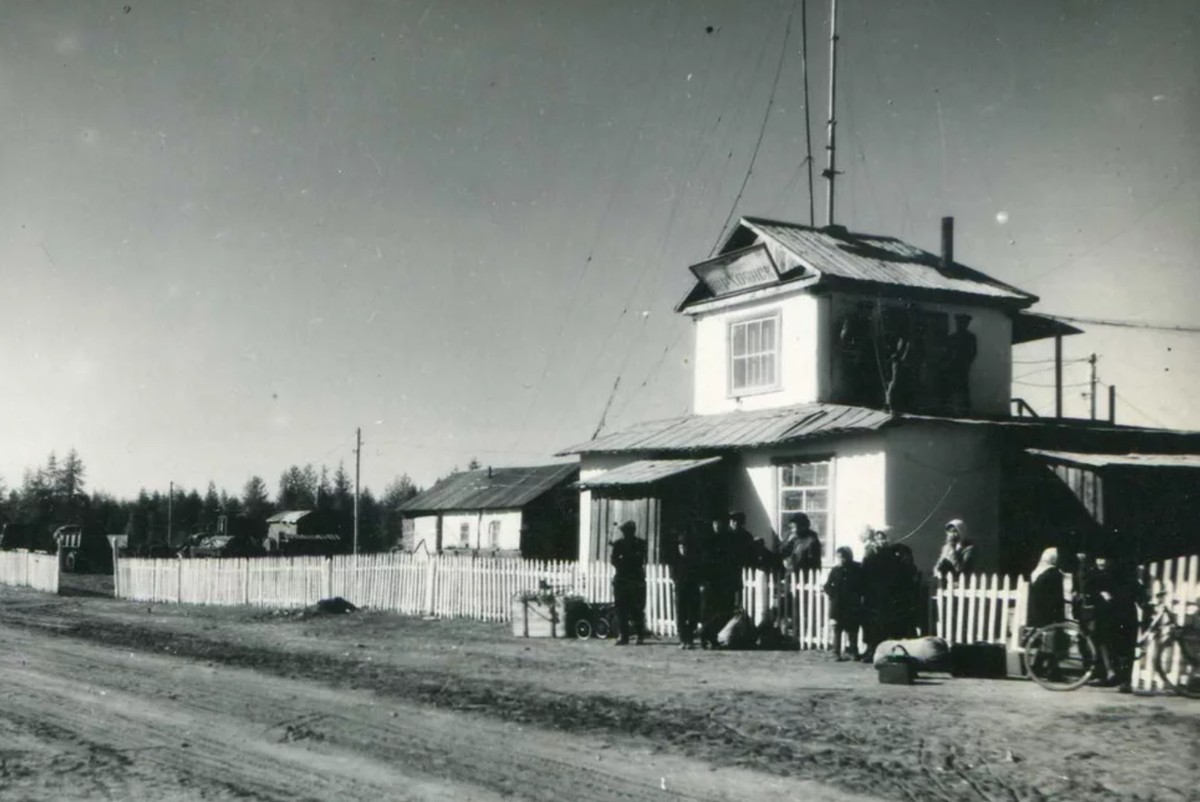
The polar pole dispute: Verkhoyansk vs Tomtor
For decades, Verkhoyansk and Tomtor in Oymyakone have argued over which is the true pole of cold. The difference is tiny: minus 67.8°C in Verkhoyansk versus minus 67.7°C in Tomtor. Locals say the disagreement is about access, roads, and tourism. “The road to Oimyakon is good; tourists find it convenient. Our road to Tomtor is shorter, but to reach Verkhoyansk we have only a two‑month winter road. The rest means a plane ticket of 17–20 thousand rubles,” one resident explains. Meanwhile, Oy-Myakón’s officials have shown records that pushed the pole’s location elsewhere, and the World Meteorological Organization moved the pole of cold to Greenland. The people of Verkhoyansk persist in their claim and their pride.
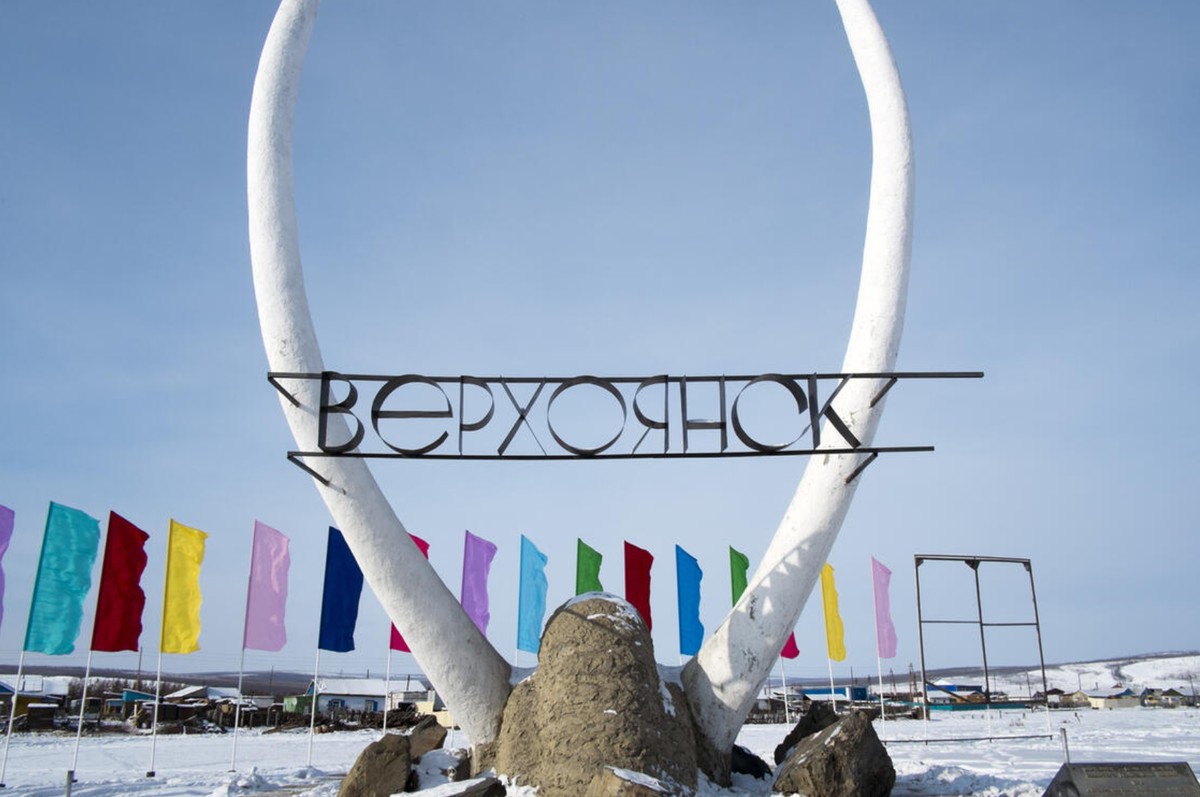
Prices, people, and a stubborn love for the Pole of Cold
There is no cold drinking water here—only hot water for washing, with drinking water drawn from the ice blocks outside houses. Prices reflect isolation: apples cost 420 rubles per kilogram; potatoes 200; cabbage 260. Air cargo can add 200 rubles per kilogram, with merchants hiking prices further in winter. Wages are modest: 40,000 rubles is considered a good salary, while the average hovers around 25,000. Youth leave for Moscow seeking warmth and higher pay. Cows gave way to Yakutian horses, which survive by feeding under the snow; cows required vast hay and care and produced limited milk. The Area’s museum, Pole of Cold, is a source of local pride. Homes can swing from biting cold to surprising warmth—up to 30°C inside on some days, especially on the second floor; the first floor can be chilly. The people here stay, loving a harsh, costly land that they call home, not a “settlement.” If you want more unusual corners of the planet, subscribe and follow the channel for real, non‑fiction stories. What do you think? Leave your thoughts in the comments and consider supporting the channel through the provided link so it can grow and bring more stories to you.
